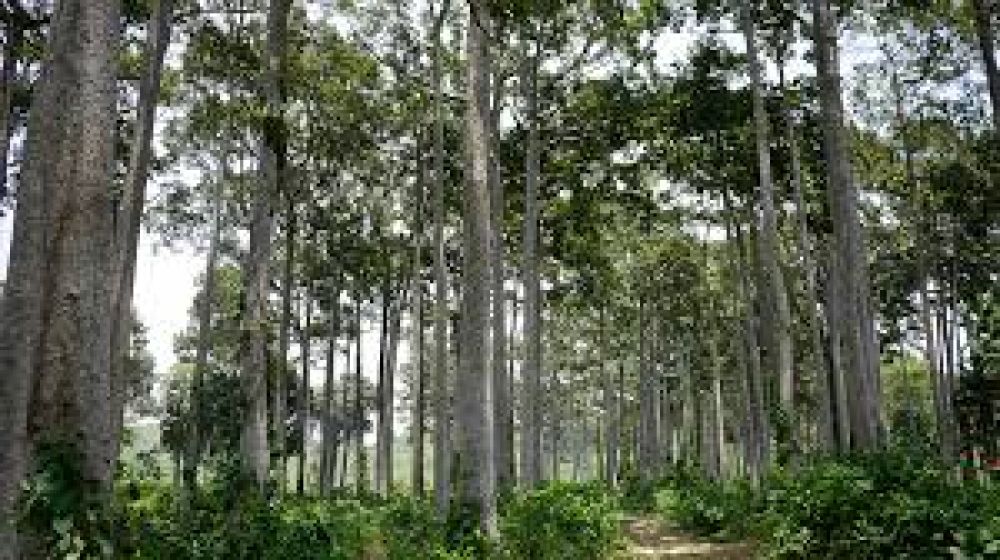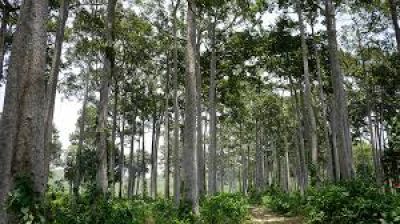

Teknaf Wildlife Sanctuary is a haven for bird enthusiasts, offering them an opportunity to indulge in some serene bird watching. Home to a variety of indigenous and migratory birds, the sanctuary provides an ideal environment for spotting exotic species such as the Oriental Pied Hornbill, the Blue-Throated Barbet, and the Red Junglefowl. Walk along the nature trails as the melodious symphony of birdsong fills the air, and keep your eyes peeled for the vibrant plumage hidden amidst the lush foliage. Photographers and nature lovers can spend hours observing the avian wonders, making it a perfect activity for those who appreciate the subtle interactions of the natural world.
Explore the wild landscapes of Teknaf Wildlife Sanctuary through nature trekking. This activity will lead you through various ecosystems within the sanctuary, including tropical forests, grasslands, and riverine areas, where you can experience the raw beauty of nature. While trekking, you will have the opportunity to spot wildlife in their natural habitat, including deer, monkeys, and possibly even the elusive Bengal tiger. The trails may be challenging, requiring a moderate level of fitness, but the rewards of panoramic views and the tranquility of the forest are undoubtedly worth the effort. Remember to carry water, wear comfortable attire, and respect the wildlife by maintaining a safe distance.
Teknaf Wildlife Sanctuary provides a picturesque backdrop for wildlife photographers. With its diverse array of flora and fauna, photographers can capture the essence of Bangladesh's natural beauty. From the majestic Bengal tiger to the delicate butterflies and insects, there is always a moment worth freezing in time. The dense canopy and the play of light and shadow create an ever-changing landscape that challenges the photographer to adapt and experiment. Seasonal changes bring about different sceneries, making each visit a unique experience. To make the most out of your photography session, it is recommended to carry a tripod, and various lenses, and to be patient for the perfect shot, as nature is always unpredictable.
A tranquil boat ride through the Naf River, which borders the Teknaf Wildlife Sanctuary, offers a different perspective of the sanctuary's rich ecosystem. Visitors can glide over the gentle waters, enjoying the scenic beauty of the forest canopy reflected in the river. The experience is not only calming but also gives guests a chance to observe aquatic life and water birds up close. Keep an eye out for fishermen in their traditional boats, as well as the wider biodiversity that thrives along the riverbanks. It's advisable to go for a boat ride either early in the morning or late in the afternoon when the wildlife is most active.
Camping in Teknaf Wildlife Sanctuary allows visitors to connect with nature and experience the wilderness firsthand. Imagine sleeping under a canopy of stars, surrounded by the sounds of nocturnal creatures and the rustle of leaves. The sanctuary offers designated camping sites where nature lovers can set up tents and spend the night amidst the wild. These sites provide a safe and controlled environment, but it is imperative to follow the camping rules to minimize the impact on the environment and wildlife. Campers must bring their own gear, and it's highly recommended to keep food stored securely to avoid attracting animals. The sanctuary might offer campfires, but it's important to manage them responsibly. The camping experience in Teknaffull-immersive and is perfect for those looking to disconnect from modern distractions and enjoy the simplicity of outdoor living.
The Teknaf Wildlife Sanctuary offers an ethno-botanical tour that delves into the relationship between the indigenous communities and the local flora. The sanctuary is home to a wide variety of plants, many of which are used by the local communities for medicinal, culinary, and ceremonial purposes. On this guided tour, visitors can learn about the traditional uses of these plants, how they are harvested sustainably, and the role they play in the local ecology. Knowledgeable guides, often from the indigenous community themselves, provide insightful narratives that enrich the experience. Such tours not only educate visitors about botany and conservation but also highlight the cultural significance of the natural resources within the sanctuary.
